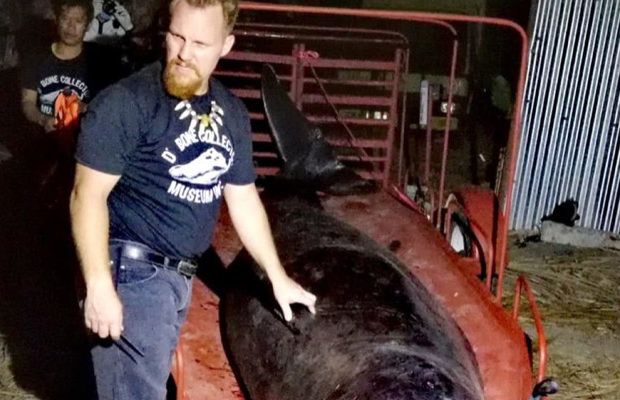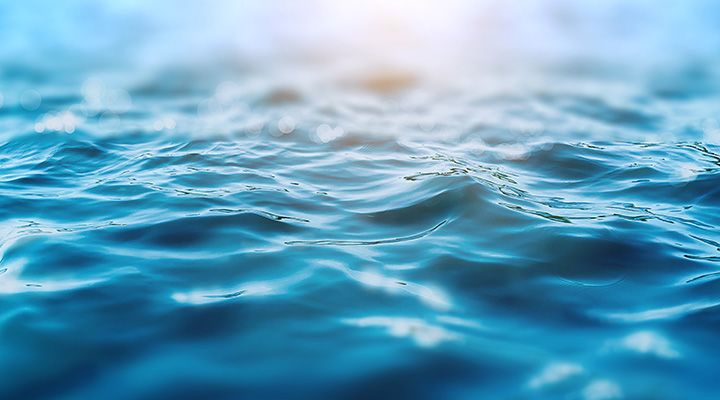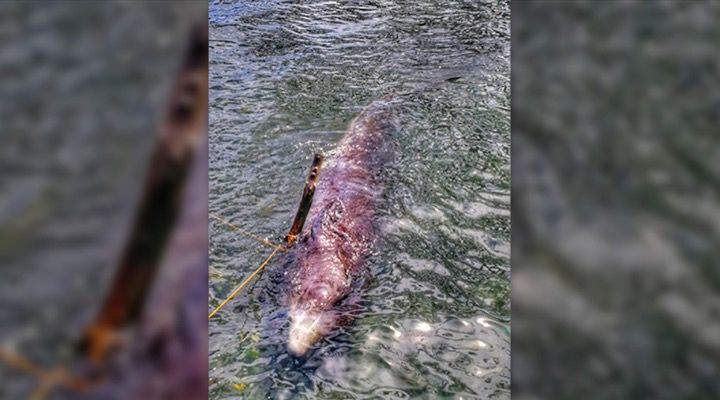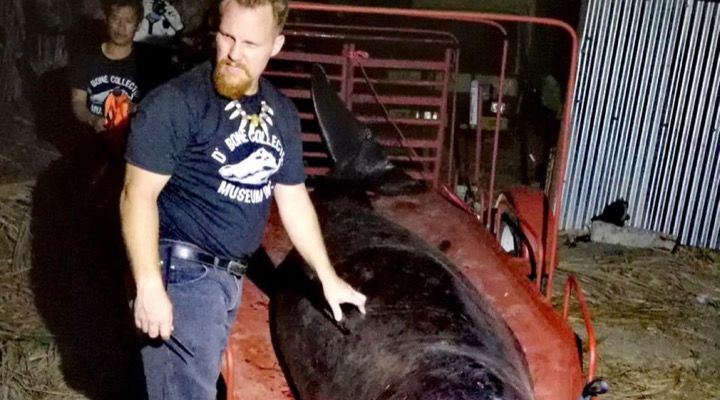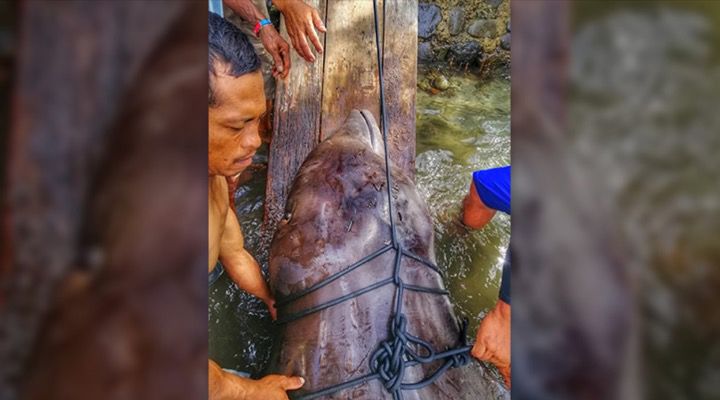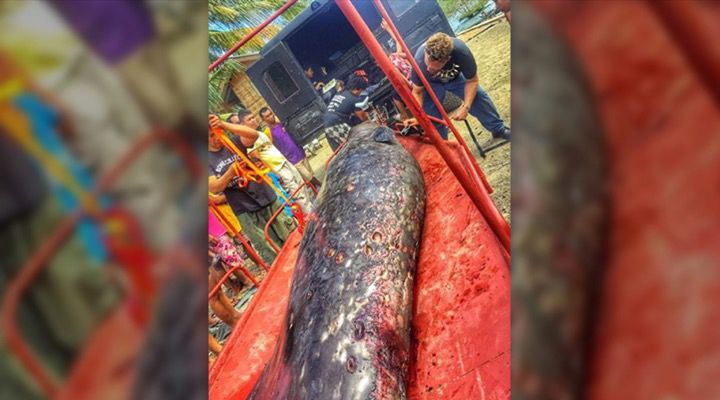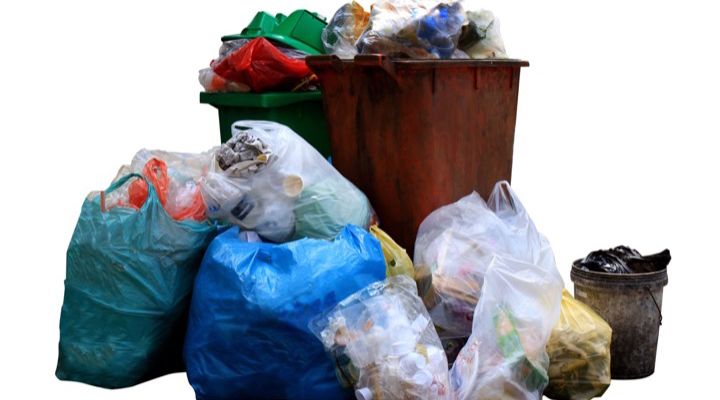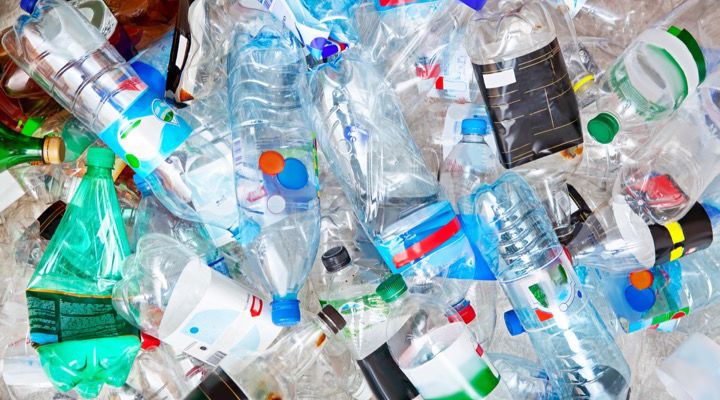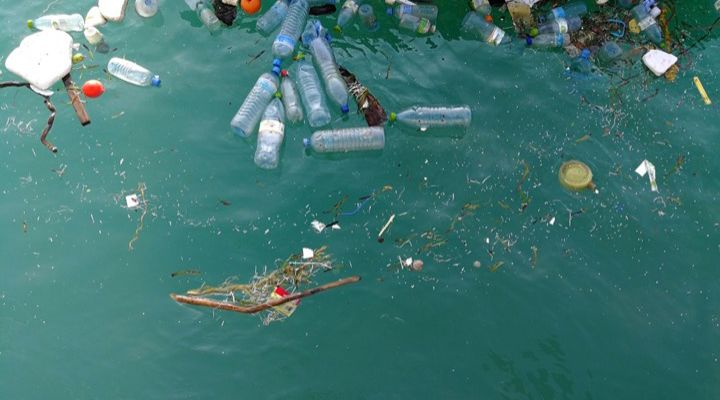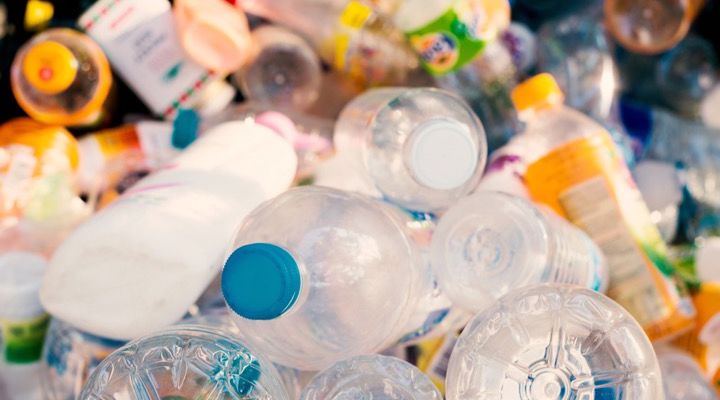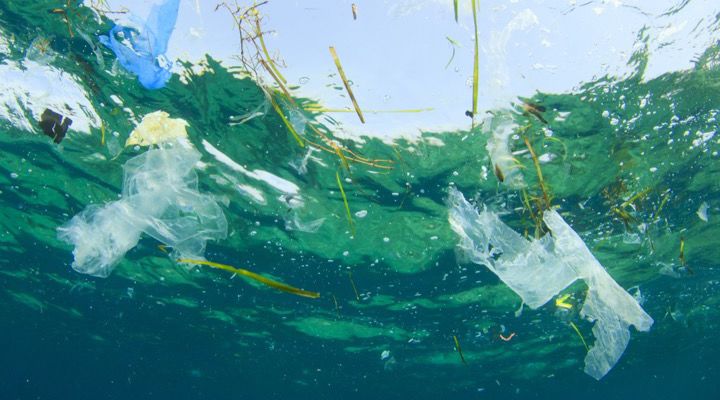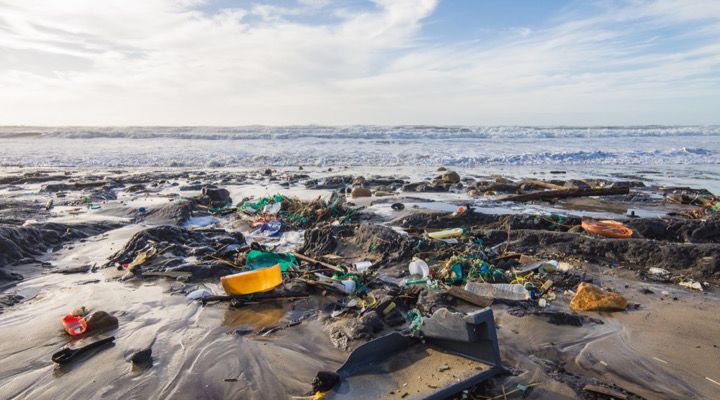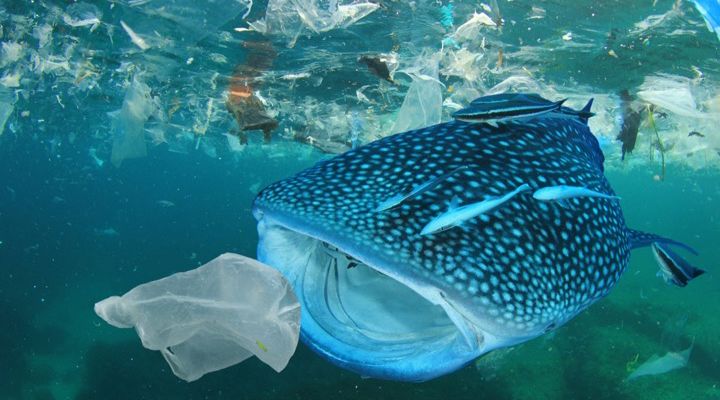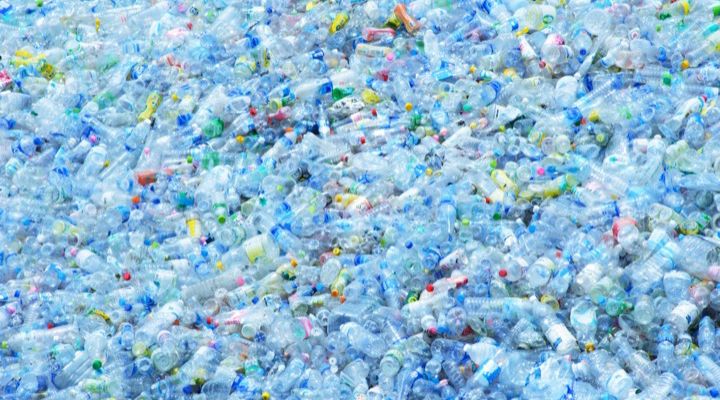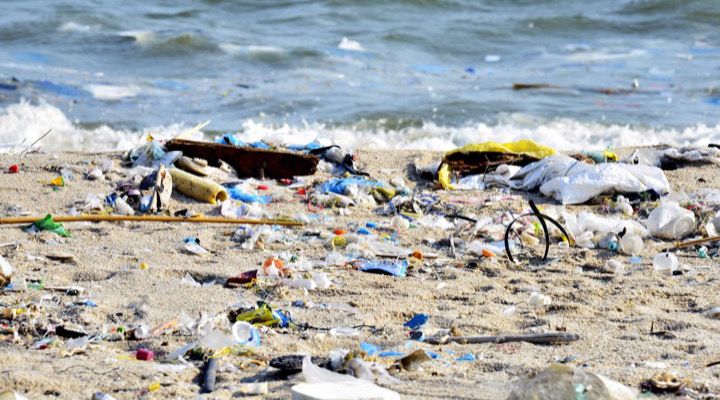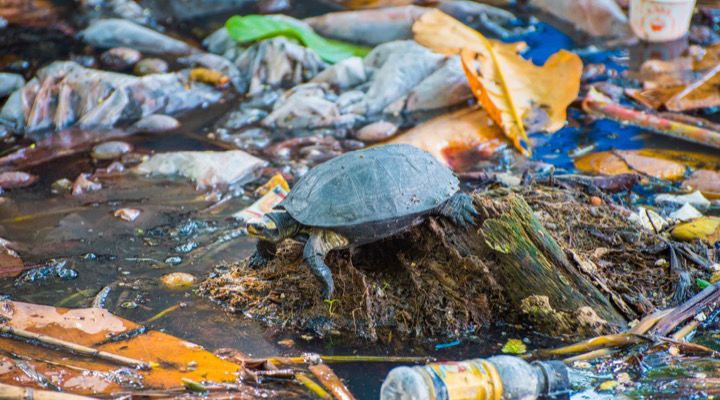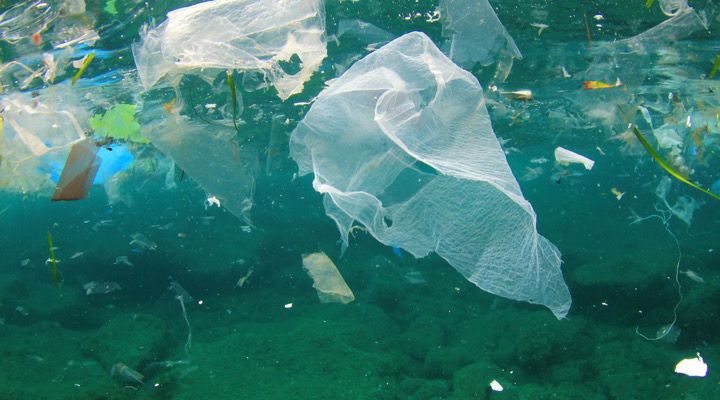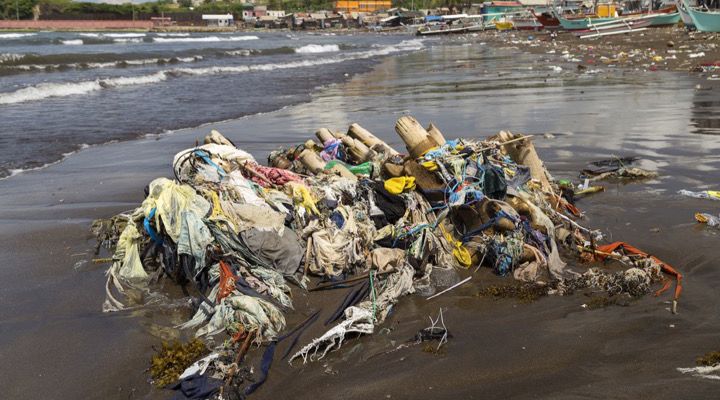After decades of living wastefully and treating the land and the ocean like a dumpster, our planet and the incredible creatures that inhabit it are literally drowning in our waste.
In mid-March 2019, environmental officials were called about a young whale that was gravely ill. Sadly, there was nothing that could be done to save the animal. However, when scientists finally opened the creature up to see exactly what killed it, they were truly sickened by what they found packed into its stomach…
An Urgent Call
On Saturday, March 16, 2019, the curators from a natural history museum in Davao City, the Philippines, cot an urgent call. It was from the local marine agency that explained that a young Cuvier’s beaked whale had washed ashore at Compostela Valley early that morning.
A Sick Whale
According to shocked witnesses, they first noticed the whale had washed ashore at around five in the morning. The whale looked very sick and locals explained that they could see the struggling marine animal vomiting up blood as it floated around in the shallow water.
Visibly Ill
On top of vomiting up blood, the young Cuvier’s beaked whale was listing badly as it tried to swim. The animal was clearly suffering as its eyes were sunken in and its ribs could be seen protruding through its skin. While environmental officials were called to the scene, it was too late to help the whale.
Too Late To Help
Environmental officials knew that the whale sadly couldn’t be saved based on photos and witnesses’ descriptions. It was only a matter of time before the whale died, and they were right. Officials arrived at the Davao Gulf at 11 in the morning just moments after the whale passed away.
Responding To The Call
Darrell Blatchley, a marine biologist and the curator at the D’Bone Collector Museum, a nonprofit organization that aims to retrieve and preserve wildlife, was one of the experts that responded to the call about the dying marine creature on that Saturday morning.
Tell-Tale Symptoms
When he arrived at the fishing village that morning and saw the whale’s body, he instantly knew what happened. According to Blatchley, the almost 15-foot whale was visibly emaciated. In addition to the whale being visibly underweight, the poor animal also showed signs of dehydration.
Plastic Ingestion
Those symptoms were sadly something that Blatchley has seen in other marine animals before.“I knew this whale had died due to plastic ingestion,” Blatchley, president and founder of the D’ Bone Collector Museum, told the Sydney Morning Herald.
The Narcopsy
According to Blatchley, dehydration and emaciation are tell-tale signs that an animal has eaten too much plastic. Officials collected the dead whale’s body and brought it back to the museum’s lab so that Blatchley could perform a necropsy. He knew the marine mammal had likely ingested a large amount of plastic, but he wanted to find out exactly what caused it to die so prematurely. He couldn’t be sure if plastic ingestion had caused the animal to die or if there was another underlying issue that killed the creature.
A Shocking Discovery
According to Blatchley, he was absolutely sickened by what he discovered inside the young 1,100-pound whale. “I was not prepared for the amount of plastic,” Blatchley explained about the disturbing necropsy that he and his team performed that day.
Overflowing With Plastic
After opening up the whale, Blatchley and other marine biologists found more than 88 pounds of plastic waste crammed in the animal’s stomach. The team of marine biologists ended up pulling out countless grocery bags, plastic garbage bags, four banana plantation sacks, and 16 rice sacks.
The Worst Case
The scientists also found a number of other disposable plastic products packed into the whale’s stomach. Blatchley and the other marine biologists have seen plenty of marine animals that have ingested a large number of plastics. Yet this case was by far the worst any of them they had ever seen.
Killed By Humans
“Plastic was just bursting out of its stomach,” Blatchley told National Geographic. “We pulled out the first bag, then the second. By the time we hit 16 rice sacks—on top of the plastic bags, and the snack bags, and big tangles of nylon ropes, you’re like—seriously?”
Speaking Out
“Dad, how did it even live this long?” Blatchley’s son, who witnessed the necropsy, asked his father at the time. “This whale had the most plastic we have ever seen in a whale. It’s disgusting,” Blatchley wrote in a Facebook post about the shocking and sad discovery.
Starving And Dehydrated
Blatchley explained that whales don’t actually drink ocean water to stay hydrated. Instead, they absorb water from the food they eat. When the marine mammals ingest plastic, they get a false sensation of being full but get none of the hydration or nutrients that they actually need.
Vulnerable Animals
After a while, whales that ingest too much plastic end up having reduced weights, reduced energy levels, and reduced swimming speeds. This makes the whales more vulnerable to predators while they slowly die from dehydration and malnutrition.
Destroyed From The Inside Out
To make matters worse, whales can’t digest the plastic that’s been ingested and they have no way of expelling it from their body. Their bodies then destroy themselves as stomach acid that can’t break down the plastic ends up burning holes through the stomach lining.
Hard As A Rock
“It was so bad the plastic was beginning calcification. The plastic had been there a long time. The stomach was trying to absorb it any way possible,” Blatchley said about the whale that had just died. “The plastic in some areas was so compact it was almost becoming calcified, almost like a solid brick,” he told the New York Times.
A Tragic Trend
“It had been there for so long it had started to compact,” said Blatchley, who is extremely concerned about the dangerous threat he and other marine biologists are finding killing marine wildlife. “It’s just tragic that this is becoming the norm, to expect that these whales will die because of plastic rather than from natural causes. We’re losing them faster than they can evolve to learn not to eat the plastic.”
A Wake-Up Call
“This cannot continue,” Blatchley said. He and other scientists are calling for countries around the world, but especially countries like China, the Philippines, and Indonesia to do more to stop ocean plastic pollution as they are some of the top contributors to the crises.
Time For Action
“Everybody acts like it’s somebody else’s problem,” said Blatchley. “The Philippine people are a proud people, sadly it’s not in being clean or taking care of the environment. In the last 10 years, we have recovered 61 whales and dolphins, of which 57 have died due to fishing nets, dynamite fishing, and plastic garbage. Four were pregnant. This cannot continue. The Philippines needs to change from the children up or nothing will be left… Action must be taken by the government against those who continue to treat the waterways and ocean as dumpsters.”
